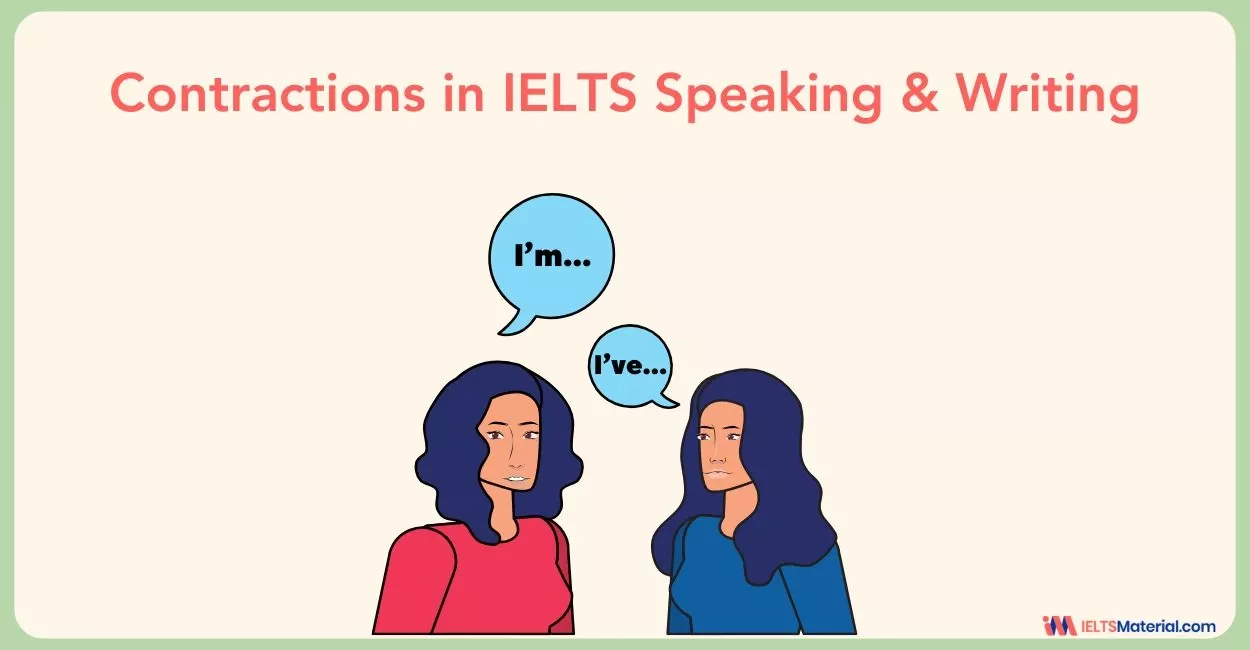Understanding Fluency and Coherence in IELTS Speaking
5 min read
Updated On
-
Copy link
Excel in the speaking exam by mastering vocabulary, organizing thoughts and overall fluency and coherence in IELTS Speaking with regular practice. Learn different strategies and get a list of connectors!
Table of Contents

Limited-Time Offer : Access a FREE 10-Day IELTS Study Plan!
The International English Language Testing System (IELTS) is a globally recognized examination that assesses one’s proficiency in the English language. Among its four components, IELTS Speaking is often regarded as one of the most challenging for test-takers.
To excel in this section, it is crucial to demonstrate both fluency and coherence. In this blog post, we will explore the importance of fluency and coherence in the IELTS Speaking test and provide you with valuable tips and strategies to excel in this aspect of the test.
Understanding Fluency and Coherence
Fluency refers to the ability to speak smoothly and effortlessly, maintaining a steady flow of speech without hesitations or unnecessary pauses. On the other hand, coherence refers to the logical and organized structure of your ideas, allowing the listener to follow your thoughts easily. Both fluency and coherence are crucial in the IELTS Speaking test, as they demonstrate your language skills and enhance your overall communication effectiveness. The secret of how to speak English naturally and fluently lies in mastering both these skills through regular practice and smart strategies.
Importance of Fluency and Coherence in IELTS Speaking
Fluency and coherence play a vital role in determining your IELTS band score in the speaking module. The examiner assesses your ability to express yourself clearly and effectively, considering your fluency and coherence alongside other aspects such as vocabulary, grammar, and pronunciation. By showcasing a high level of fluency and coherence, you can significantly improve your chances of achieving a desirable score.
Want to learn more about the IELTS exam? Book a Free Demo Class today.
Strategies to Enhance Fluency and Coherence
Fluency and coherence help you speak smoothly and clearly in the IELTS Speaking test. Here are some easy tips to improve your speaking flow and stay organized.
1. Improve Your Vocabulary and Grammar
Enhancing your IELTS Vocabulary and grammar skills will provide you with a strong foundation for speaking fluently and coherently. Expand your vocabulary by reading extensively and engaging in conversations with native English speakers. Pay attention to grammar rules and practice constructing well-formed sentences.
2. Use Connectors and Transition Words
Utilizing appropriate linking words for IELTS Speaking helps create a cohesive flow in your speech. These words and phrases (e.g., “however,” “in addition,” and “moreover”) link ideas together, making your speech more coherent and easier to follow. Practice incorporating these linguistic tools into your responses during IELTS Speaking practice sessions.
3. Organize Your Thoughts
Before answering a question, take a few seconds to organize your thoughts. Identify the main points you want to convey and consider the most logical order to present them. This pre-planning will enable you to speak more coherently and avoid unnecessary digressions.
4. Focus on Pronunciation and Intonation
Clear pronunciation and appropriate intonation contribute to both fluency and coherence. Ensure you are pronouncing words correctly by using the IELTS pronunciation guide, and paying attention to stress patterns and intonation. Practice speaking at a moderate pace, allowing for natural pauses and emphasis on important points.
5. Use Cohesive Devices
Cohesive devices, such as pronouns, articles, and conjunctions, help link your ideas and create coherence in your speech. Make use of these devices to refer back to previously mentioned ideas, connect sentences, and establish a logical progression of thoughts.
If you want to better yourself in IELTS Speaking then get yourself familiar with all the tips and possible topics you might encounter while being questioned. Check these links for better insights:
Struggling with IELTS? Our experts can help you achieve your target score with our Free Webinar now.
Essential Aspects of Fluency & Coherence
Fluency and coherence are crucial aspects of effective speaking, allowing individuals to convey their thoughts and ideas clearly and smoothly. Within the realm of fluency and coherence, three key components play a significant role: logical flow, speed and ease, and effort in speaking. Let’s explore each of these aspects in detail.
1. Logical Flow
Logical flow refers to the seamless progression of ideas in speech, where thoughts and arguments are organized in a logical and coherent manner. It involves connecting ideas, concepts, and supporting details to create a cohesive structure. A speaker with good logical flow can effectively transition between different points, ensuring that each idea builds upon the previous one and leads to the next.
To achieve logical flow, speakers must employ various techniques such as using appropriate transition words and phrases (e.g., “firstly,” “in addition,” “however”), employing clear and concise language, and structuring their speech with a clear introduction, body, and conclusion. Additionally, maintaining consistency in the use of verb tenses, pronouns, and referencing also contributes to a coherent flow of information.
2. Speed and Ease
Speed and ease in speaking refer to the rate at which a person delivers their speech and the level of comfort or effortlessness demonstrated while doing so. It involves the ability to speak fluently, without unnecessary hesitations, pauses, or disruptions. A speaker who exhibits speed and ease is able to maintain a consistent rhythm and tempo, allowing listeners to follow their ideas effortlessly.
To develop speed and ease in speaking, individuals can practice techniques such as reading aloud, engaging in regular conversation, and participating in public speaking exercises. By familiarizing themselves with common patterns of speech and practicing articulation, pronunciation, and intonation through the IELTS Speaking practice tests, speakers can enhance their fluency and deliver their messages more confidently and smoothly.
3. Effort in Speaking
Effort in speaking relates to the level of difficulty or strain a speaker experiences while delivering their speech. It encompasses factors such as the mental and physical effort required to express oneself, handle complex ideas, and maintain coherence throughout the speech. Effort in speaking can vary depending on an individual’s language proficiency, topic familiarity, and confidence level.
It can be reduced by increasing one’s language proficiency through regular practice, expanding vocabulary, and improving grammatical accuracy. Additionally, developing familiarity with the topic being discussed can significantly reduce the cognitive load and make speech delivery more effortless. Techniques such as pre-planning and rehearsing speeches, as well as using visual aids or notes for reference, can also help reduce the effort involved in speaking and improve pronunciation for IELTS at home.
Overall, the aspects of logical flow, speed and ease, and effort in speaking are essential in achieving fluency and coherence. By focusing on these aspects, speakers can enhance their ability to communicate effectively, ensuring that their ideas are understood clearly, and their message resonates with their audience.
Easing the Speaking Test: Final Tips
Fluency and coherence are key to doing well in the IELTS Speaking test. You can boost them by improving your vocabulary, grammar, and pronunciation, and by using simple strategies like linking ideas, thinking clearly, and practicing often.
Remember, practice makes perfect, so dedicate time and effort to hone these skills. Also, you can learn various strategies about IELTS Speaking through the book – IELTS Speaking: Channeling the voice in 30 days.
Also Check:
Explore IELTS Speaking

Start Preparing for IELTS: Get Your 10-Day Study Plan Today!
Explore other Speaking Articles



Kasturika Samanta

Prity Mallick
Recent Articles
Haniya Yashfeen

Kasturika Samanta

Kasturika Samanta





Post your Comments